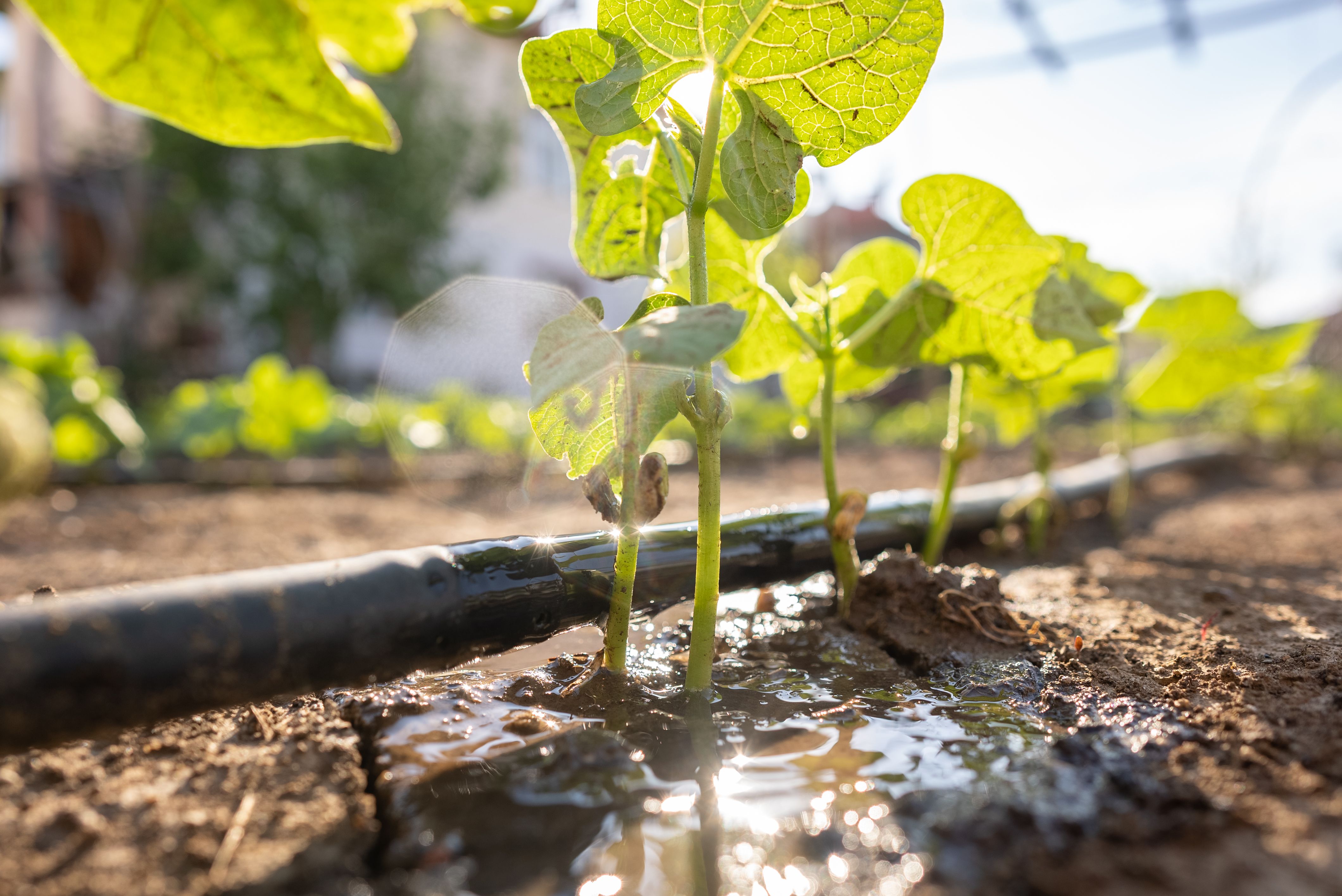Maximizing Harvests: Effective Crop Yield Optimization Techniques
Understanding Soil Health
Optimizing crop yields starts with a deep understanding of soil health. Healthy soil is the foundation of productive agriculture, providing the necessary nutrients and support for plant growth. To assess soil health, consider factors such as pH levels, nutrient content, and organic matter. Regular soil testing can help farmers determine the specific needs of their fields and make informed decisions about amendments.
Incorporating organic matter, like compost or manure, can improve soil structure and fertility. These amendments enhance microbial activity, which is essential for nutrient cycling and plant health. Additionally, cover cropping during the off-season can prevent erosion, suppress weeds, and add valuable nutrients back into the soil.

Precision Agriculture Techniques
Precision agriculture uses technology to monitor and manage field variability in crops. By employing GPS, sensors, and drones, farmers can gather data on soil conditions, weather patterns, and crop health. This data-driven approach allows for more accurate planting, watering, and fertilizing.
Variable rate technology (VRT) is a key component of precision agriculture. VRT enables farmers to apply water, fertilizer, and pesticides at varying rates across a field, optimizing inputs and reducing waste. This method not only improves yields but also minimizes environmental impact.
Effective Irrigation Management
Irrigation is a critical factor in maximizing crop yields, especially in regions prone to drought or irregular rainfall. Implementing efficient irrigation systems can significantly enhance water use efficiency. Drip irrigation, for example, delivers water directly to the plant roots, reducing evaporation and runoff.
Smart irrigation systems equipped with soil moisture sensors can further refine water application. These systems provide real-time data on soil moisture levels, allowing farmers to adjust irrigation schedules based on current conditions rather than fixed patterns.

Integrated Pest Management (IPM)
Pests and diseases can devastate crops if not managed properly. Integrated Pest Management (IPM) is an effective strategy that combines biological, cultural, physical, and chemical tools to control pests sustainably. Monitoring pest populations regularly helps in determining the appropriate intervention timing.
Biological controls, such as introducing beneficial insects or using microbial pesticides, can reduce reliance on chemical pesticides. Cultural practices like crop rotation and intercropping also play a vital role in disrupting pest life cycles and reducing their impact.
Crop Rotation and Diversity
Crop rotation is a time-tested method for optimizing yields by alternating the types of crops grown on a particular field. This practice helps in breaking pest and disease cycles while maintaining soil fertility. Diverse cropping systems can also improve resilience against adverse weather conditions.
Introducing leguminous crops into rotations can naturally replenish soil nitrogen levels due to their symbiotic relationship with nitrogen-fixing bacteria. This reduces the need for synthetic fertilizers and supports sustainable farming practices.

Utilizing Data Analytics
Data analytics is becoming increasingly important in modern agriculture. By analyzing historical yield data alongside current field conditions, farmers can identify trends and make better predictions for future harvests. Decision support systems powered by artificial intelligence provide actionable insights for resource allocation and risk management.
Implementing farm management software that integrates data from various sources allows for real-time tracking of inputs and outputs. This holistic view enables farmers to make strategic decisions that align with their yield optimization goals.

Sustainable Practices for Long-Term Success
Emphasizing sustainability in farming practices ensures long-term success and resilience against climate change. Techniques such as reduced tillage can help preserve soil structure and reduce erosion. Agroforestry, which integrates trees into agricultural landscapes, offers benefits like enhanced biodiversity and carbon sequestration.
By focusing on sustainable agriculture practices, farmers contribute to environmental conservation while ensuring food security for future generations. Balancing productivity with ecological stewardship is crucial for the future of farming.
Conclusion
Maximizing harvests through effective crop yield optimization techniques involves a combination of traditional knowledge and modern technology. From maintaining soil health to implementing precision agriculture, each strategy plays a critical role in enhancing productivity. By adopting these methods, farmers not only increase their yields but also contribute to a more sustainable and resilient agricultural system.
Commercial Kitchen Marketplace
Your one-stop online destination for equipping professional kitchens. Discover a wide selection of durable, high-quality commercial-grade appliances, from heavy-duty ovens and refrigeration units to efficient food preparation tools and essential kitchenware. Visit our store: http://avice.org
